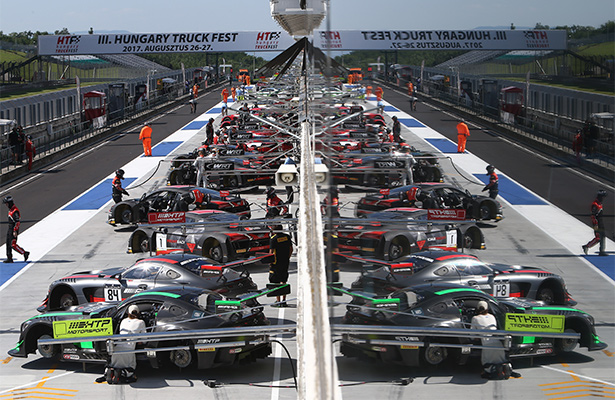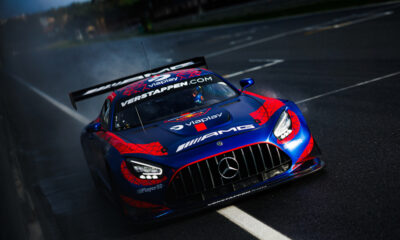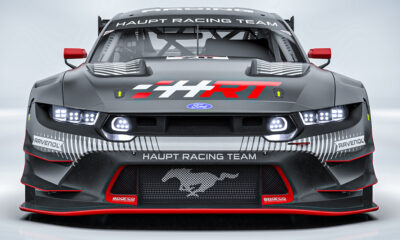As the 2016 season comes to a close, Blancpain GT Series teams have been left with mixed feelings following a series of changes to the sporting regulations.
The most notable change came with the introduction of a minimum pit stop time for the Endurance Cup events, as a regular pit stop may not fall within a 20-second time range.
The objective of this rule was to stop teams making further expenses on the development of their fuel rigs, wheel guns, and dedicated team personnel.
Series stalwarts WRT was one of the first to make critical remarks about the subject, with team boss Vincent Vosse proclaiming that it takes away an important aspect of the racing.
“We’ve always been quick, and everything we did so far we did ourselves,” Vosse told Sportscar365. “It’s true that a quick pitstop it costs time and money, as with everything when you want to get something better.”
According to the Belgian, the difference between a good and average fuel rig, depending on several factors, is somewhere around four seconds.
“With the five-minute technical pitstop at Spa, the minimum pitstop time and the new Full Course Yellow procedure, there is no race anymore,” he said. “There are plenty of small races, but no big race.
According to Vosse there is a solution at hand. “With all the information we have right now we should be able to check how long each type of car needs to refuel and then you regulate the fuel flow.
“I know it’s not easy. SRO is becoming very big. They have the money to do it and they should do it, otherwise they will lose a lot of customers.”
On the other side of the spectrum, there are even more voices that welcome the changes, including top teams like Garage 59 and HTP Motorsport.
“The new rules are positive” Garage 59 team manager Bas Leinders told Endurance Info. “They give the teams that have less financial means an opportunity to shine and find the best solutions at a lower cost.
“The pitstop window does not mean that we don’t have to train [for] our stops anymore, but it allows us to be closer to those who have more resources.
“It is a good thing to avoid an arms race. The fight must take place on the track and this also allows for new strategy.”
Leinders said he’s satisfied with the introduction of the FCY procedure, even though he thinks the system could be improved.
“FCY is not a bad idea but you can win or lose a lot of time with it,” he said.
“In VLN all cars are equipped with GPS to check the speeds in specific areas. Maybe we should do the same in Blancpain GT.
“We have seen some strange gaps in Paul Ricard. I do want to note that the countdown system 10 seconds before the start of the proceedings makes it a lot easier. ”
HTP’s technical director Renaud Dufour, meanwhile, has been one of the biggest supporters of the introduction of the minimum pitstop time for the Endurance Cup races.
“It is impossible to make a BoP without taking into account the refueling towers and wheel guns, they can save you a lot of time,” Dufour said.
“I understand that teams may be frustrated, but we have to avoid an escalation of the budgets at all costs.
“This new situation adds different strategic elements, teams now opt to not change tires and just refuel the car.”
The fuel rig isn’t the only important factor, as a wheel gun costs more than 6,000 Euros and must be revised very often, while there’s also the need for a lot of dedicated personnel.
Regarding the FCY procedure, Dufour reckons that it will always remain a difficult exercise to keep the gaps between the cars the same.
“The FCY is fully justified in Endurance, unlike Sprint where the safety car is the more logical option,” he said.
“I’m not against having races [like] in the U.S. with only one safety car. It may be a little more complicated to follow but the show is just better.”
Laurent Mercier contributed to this report.























